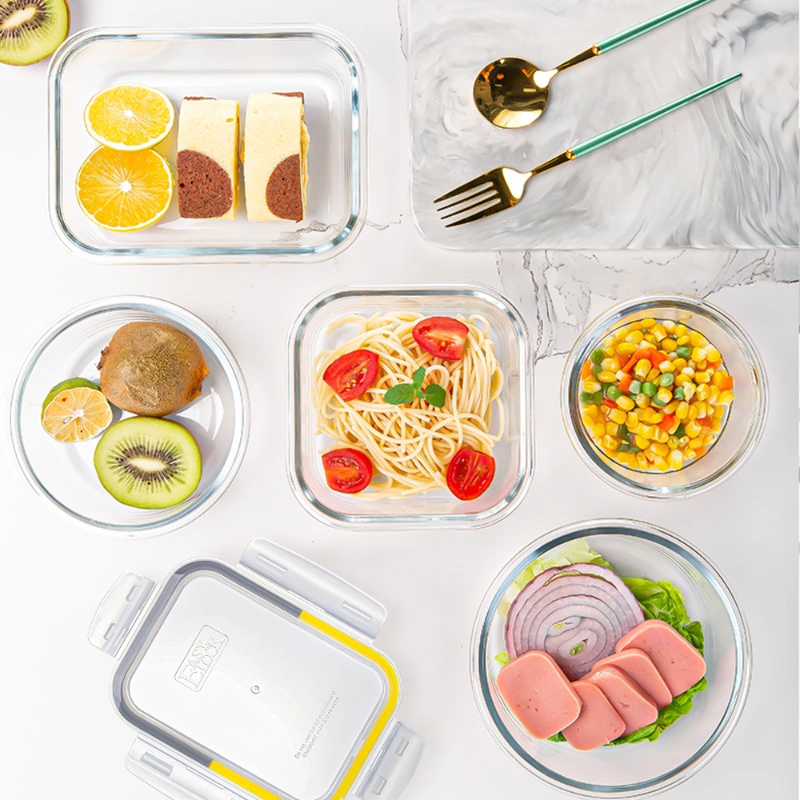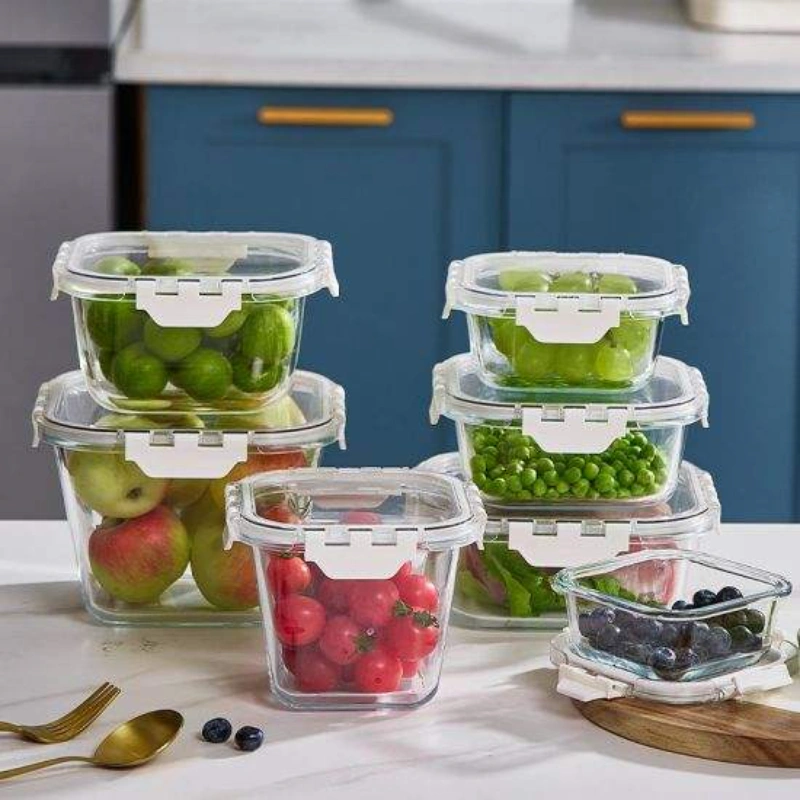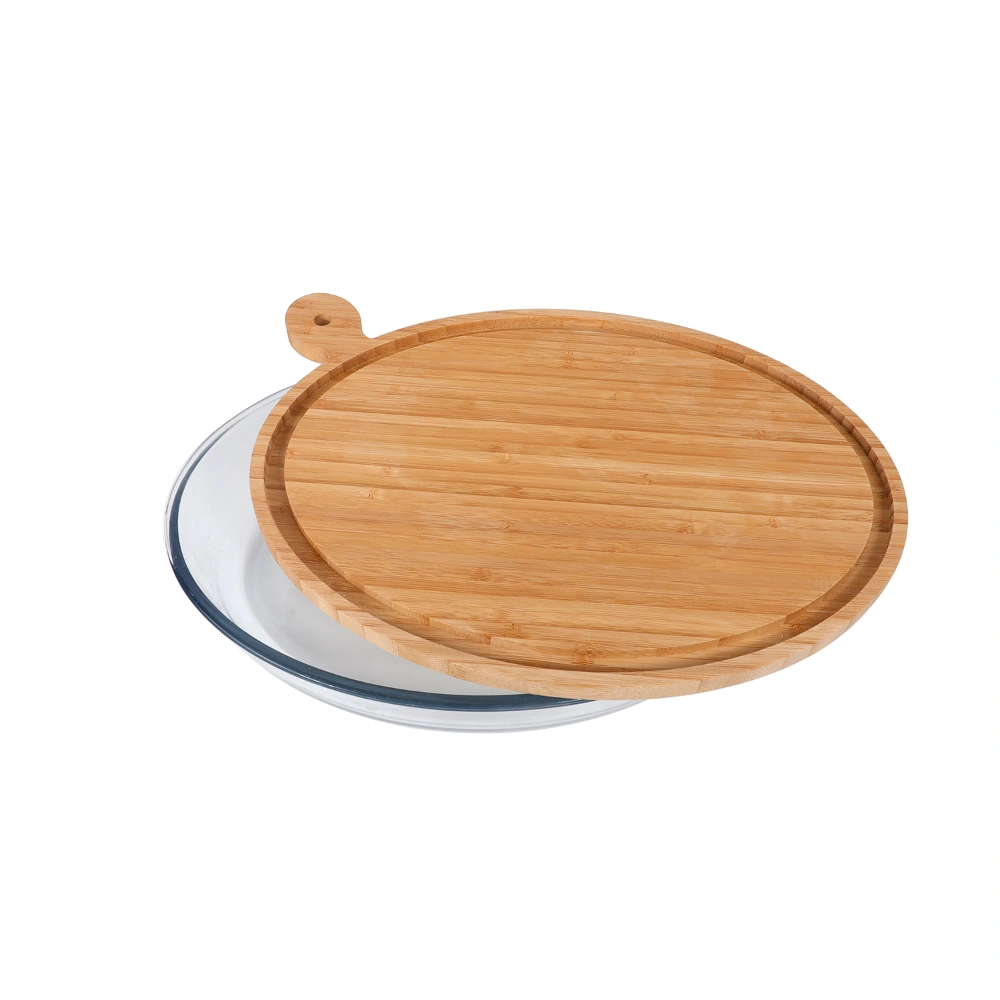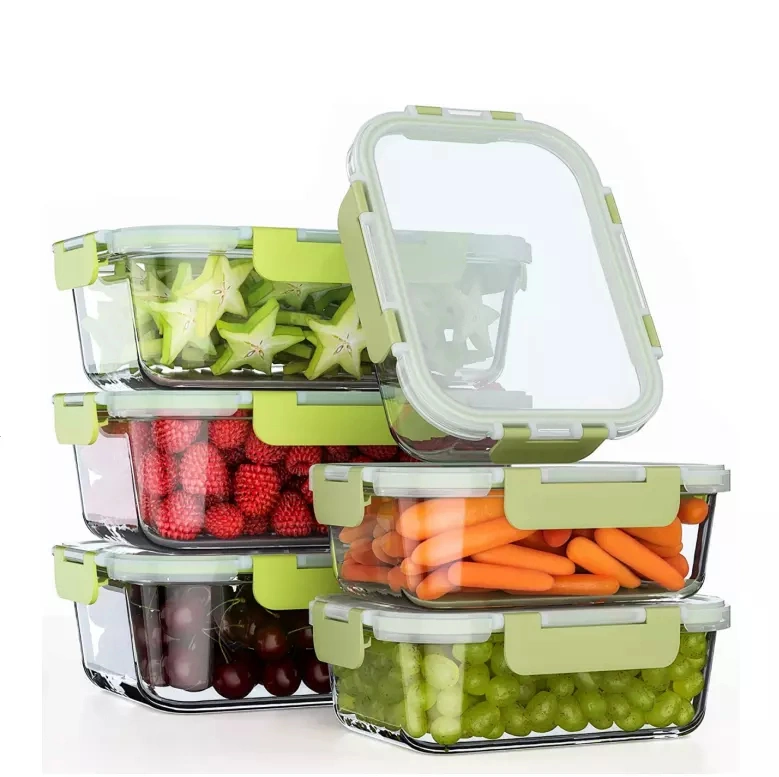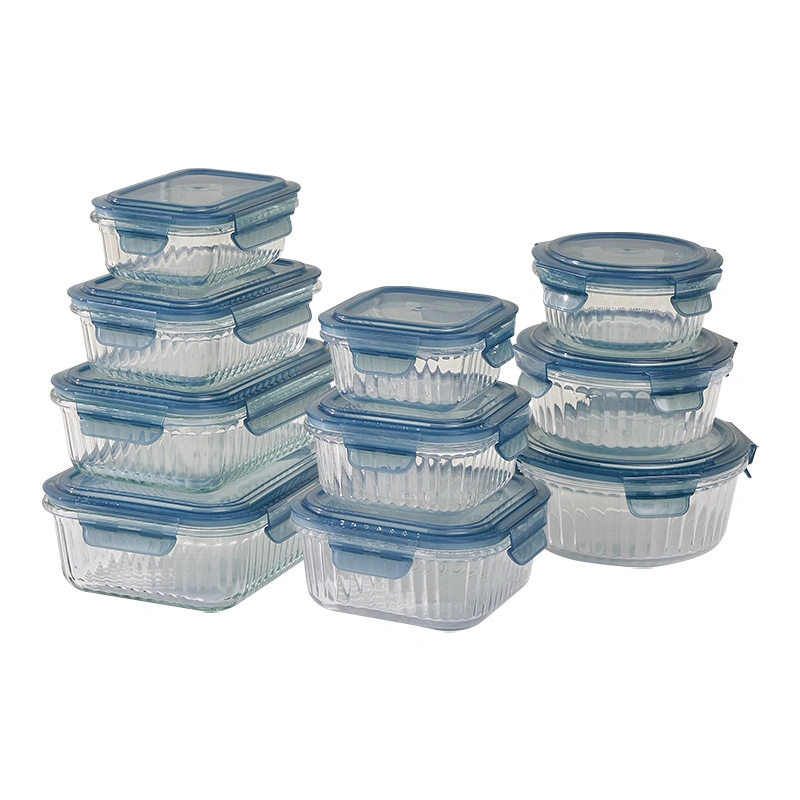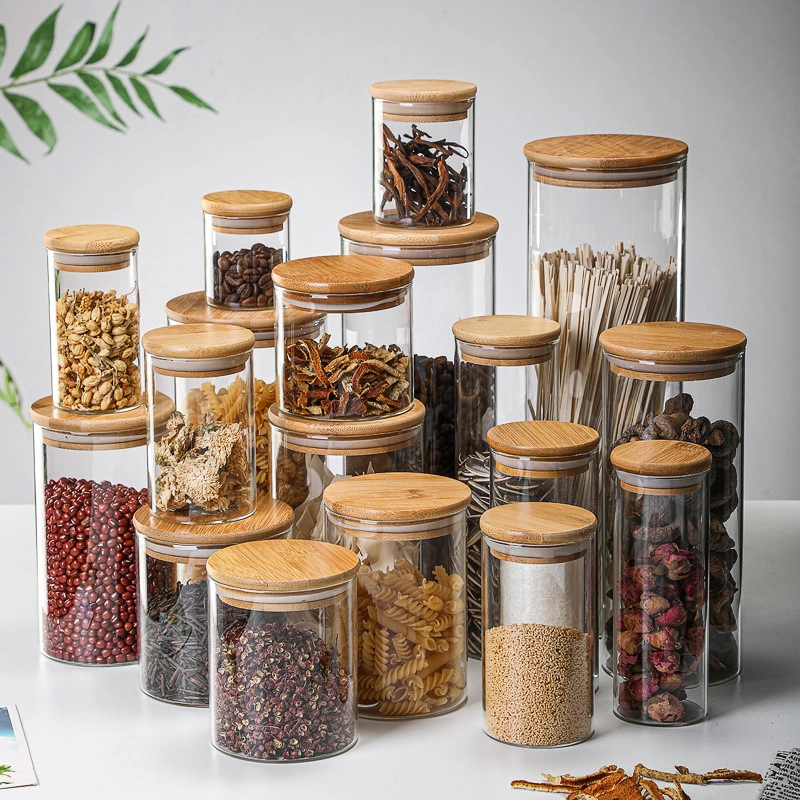Why Choose Borosilicate Glass over Soda-Lime Glass
Table of Contents

Paul Ren
Hello! I’m Paul, the Senior Sales of Canzo Glassware. With 18 years of experience in the glassware industry, I’m excited to share some insights from our perspective as a China glassware manufacturer. Today, we’re diving into a common question: Why Choose Borosilicate Glass over Soda-Lime Glass?
Understanding the Composition of Borosilicate Glass and Soda-Lime Glass
When it comes to selecting the right type of glass for various applications, the choice often comes down to two main types: borosilicate glass and soda-lime glass. While both have their uses, borosilicate glass has distinct advantages over soda-lime glass, particularly in terms of durability, thermal resistance, and safety. Let’s explore the key differences between these two types of glass and understand why borosilicate glass is often the preferred choice.
What Makes Borosilicate Glass Stand Out?
Borosilicate glassware is made from silica and boron trioxide, which give it remarkable chemical and thermal resistance properties. This glass type can withstand high temperatures and sudden temperature changes, making it ideal for a variety of demanding applications. On the other hand, soda-lime glass is composed of silica, sodium oxide, and calcium oxide, which limits its ability to handle temperature fluctuations and makes it more suitable for everyday household use.
One of the main reasons borosilicate glass is superior is due to its higher silica content—about 80% compared to soda-lime glass’s 69%. This higher silica content makes borosilicate glass less prone to breakage, more durable, and capable of withstanding higher temperatures. This is why borosilicate glass is widely used in laboratory glassware, cookware, and even in specific industrial applications where thermal stability is critical.
Thermal Resistance and Durability
Borosilicate glass is engineered to handle extreme thermal conditions. Unlike soda-lime glass, which is more likely to crack or shatter when exposed to rapid temperature changes, borosilicate glass can transition from freezer to oven or vice versa without breaking. This resilience is due to its lower Coefficient of Linear Thermal Expansion (CTE), which means it is far less susceptible to thermal shock.
For example, borosilicate glass can endure temperature changes up to 170 degrees Celsius (340 degrees Fahrenheit) without cracking, while soda-lime glass, with its higher CTE, cannot withstand such extremes. This makes borosilicate glass ideal for use in environments where rapid heating and cooling occur, such as scientific laboratories, restaurants, and kitchens.
Strength and Hardness: A Clear Winner
Another reason to choose borosilicate glass is its superior strength and hardness. On the Mohs scale of mineral hardness, borosilicate glass scores a 7.5, just below diamond at 10. This high rating indicates that borosilicate glass is not only strong but also scratch-resistant, maintaining its clarity and appearance over time.
This glass type is particularly resistant to mechanical shocks, meaning it is less likely to suffer damage if dropped or subjected to physical stress. Soda-lime glass, in contrast, is softer and more prone to scratches and breakage, making it less suitable for applications where durability is essential.
Safety and Chemical Resistance
Safety is another significant factor in choosing borosilicate glass. Unlike soda-lime glass, which can leach non-toxic trace minerals into acidic beverages, borosilicate glass is highly resistant to acids and bases. This property makes it ideal for holding both acidic and alkaline solutions, keeping the contents uncontaminated and pure.
Moreover, borosilicate glass does not contain lead or release any harmful substances into the liquids it holds. This makes it a safer choice for use in cookware, beverage containers, and laboratory equipment where maintaining the purity of the contents is crucial.
Practical Applications: Borosilicate Glass vs. Soda-Lime Glass
While soda-lime glass is commonly used for window panes, bottles, jars, and basic laboratory equipment like Petri dishes, borosilicate glass finds its place in more demanding settings. From laboratory glassware and high-intensity lamps to telescope lenses, aquarium heaters, and cookware, borosilicate glass’s superior properties make it versatile and reliable.
Its ability to resist thermal shock and its durability also make it ideal for use in restaurants, wineries, and scientific labs. Furthermore, for those concerned about lead content, it’s reassuring to know that borosilicate glass is lead-free, adding another layer of safety for food and drink applications.
Conclusion
Choosing the right type of glass depends on the specific requirements of your application. However, if durability, safety, thermal resistance, and chemical purity are your priorities, borosilicate glass clearly outshines soda-lime glass. Not only does it offer superior performance under extreme conditions, but it also ensures the safety and purity of your food, beverages, and laboratory contents. For these reasons, borosilicate glass remains the preferred choice in a wide range of settings.
Newest Blog
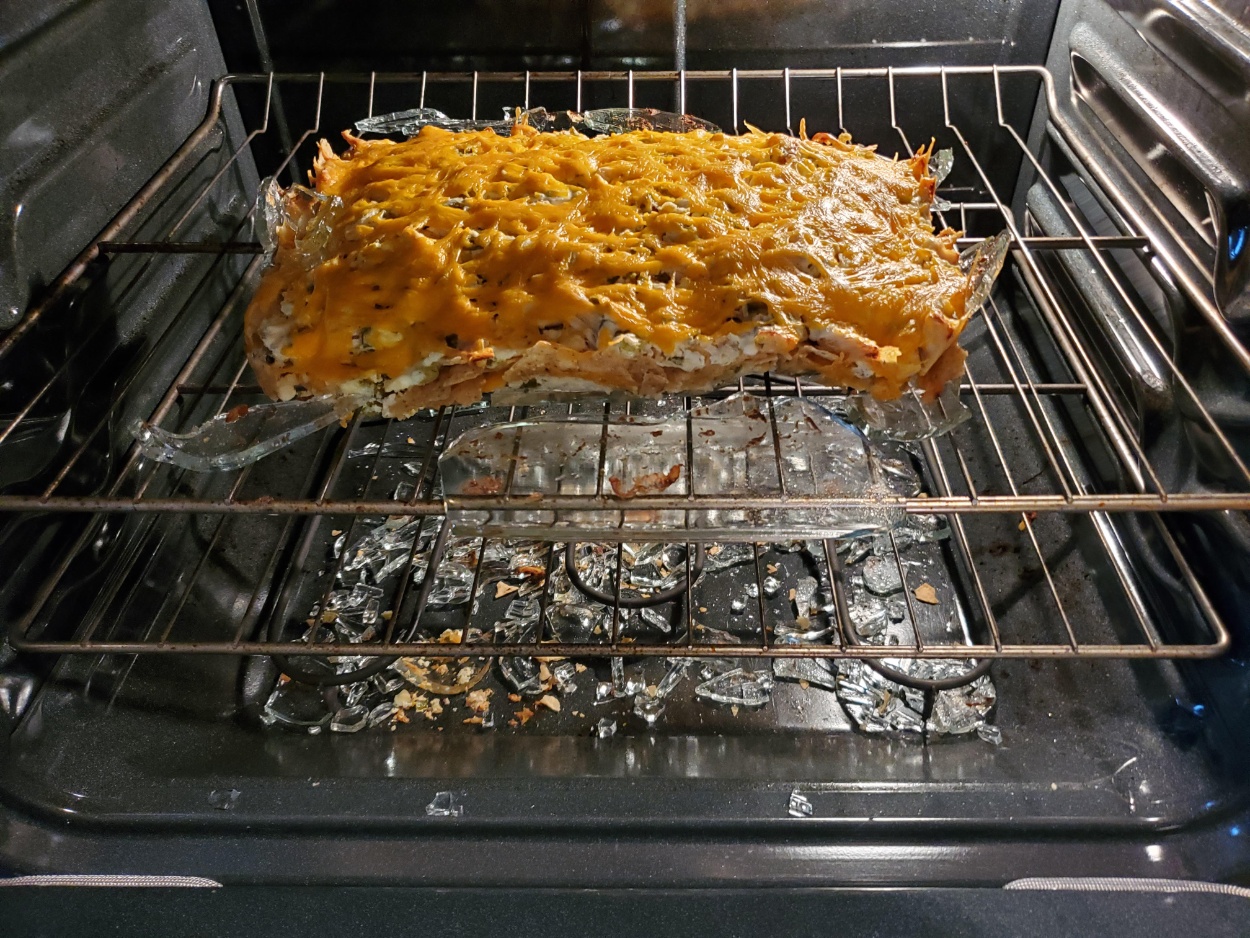
Is Glass Safe In The Oven?
Whether you’re a home cook or a business owner sourcing from a glass lunch box factory, understanding the nuances of oven-safe glass is crucial. We’ll explore the world of durable and reliable custom glass food container options, ensuring you make informed decisions.
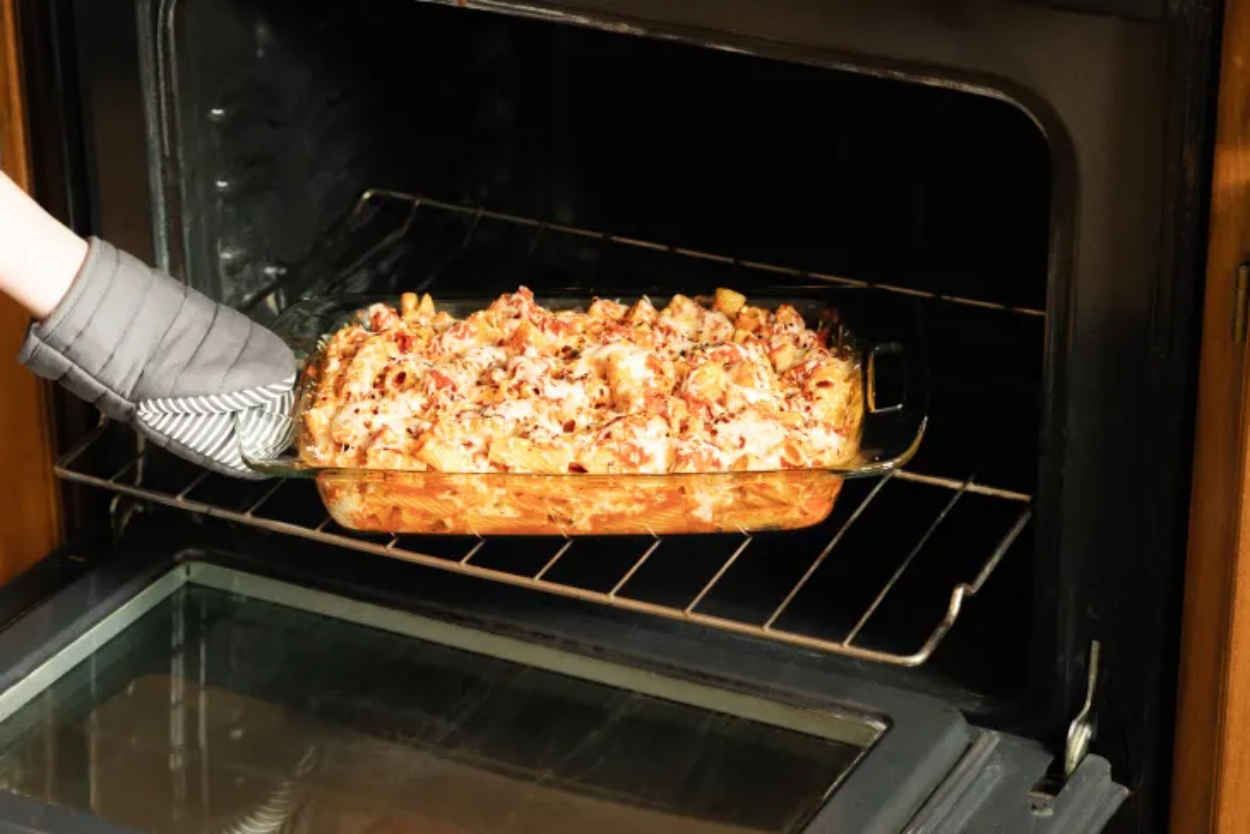
Can You Put Glass In The Oven?
We’ll explore why choosing the right type of glass, particularly from a reliable China glassware factory, is so important, especially if you’re looking for custom glass food storage containers or even a glass lunch box factory.
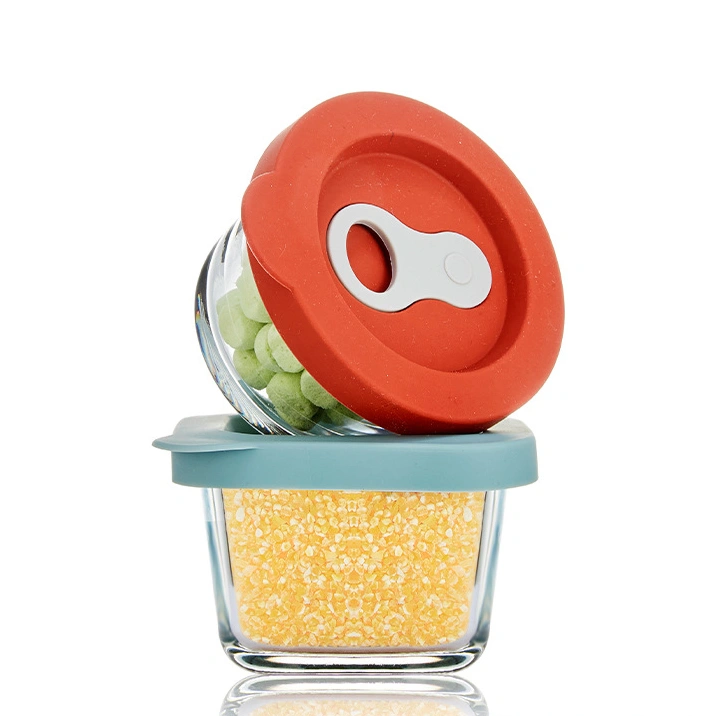
What To Do With Small Glass Containers?
From baby food meal prep, storing leftovers to organizing your craft supplies, small glass containers are super handy!

